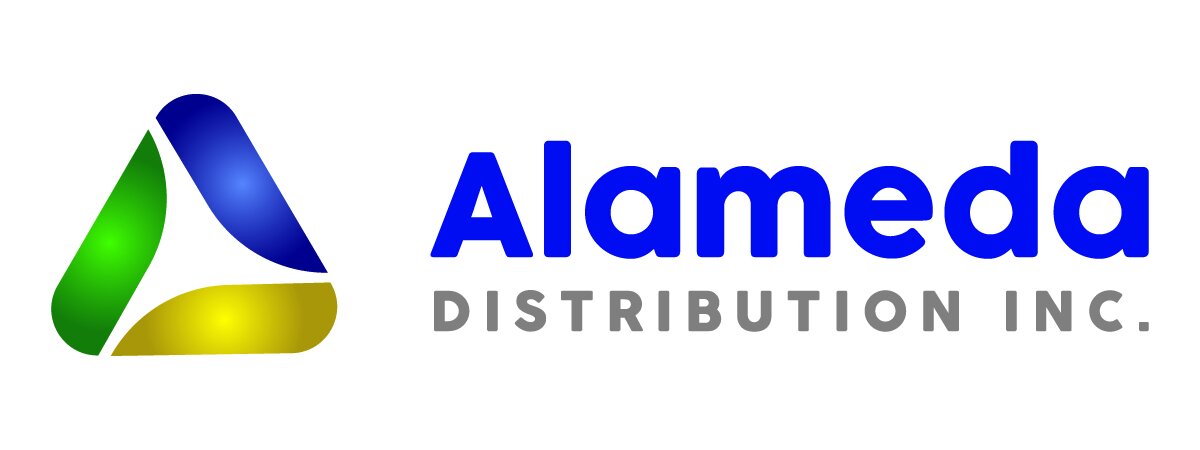What Challenges Are Involved in Drayage in Los Angeles?
Drayage plays a crucial role in the logistics and supply chain sectors, especially in bustling urban areas like Los Angeles. However, it comes with its own set of challenges that can affect the efficiency and cost-effectiveness of operations. In this blog, we'll explore some of the key challenges faced by those involved in drayage in Los Angeles.
Understanding Port Congestion
Los Angeles ports are among the busiest in the world, leading to frequent congestion. Understanding how this affects scheduling and delivery times is crucial for effective drayage.
One of the primary causes of port congestion in Los Angeles is the sheer volume of cargo that flows through the ports daily. With the rise of e-commerce and global trade, there's an ever-increasing demand that impacts turnaround times. Drayage companies must continuously adapt their schedules to accommodate these fluctuations.
Efficient drayage management requires advanced planning and coordination with port authorities to mitigate delays. By leveraging predictive analytics and real-time tracking technologies, shared information can help forecast port activity and optimize route planning.
Navigating Environmental Regulations
Stringent environmental laws in California mean that drayage companies must adapt their practices, often requiring investment in cleaner, compliant vehicles and technologies.
California's environmental initiatives include regulations aimed at reducing emissions from freight vehicles. The transition toward eco-friendly transport solutions is crucial for compliance. Drayage operators often face the challenge of upgrading fleets to meet these standards, which can be an expensive endeavor.
Collaboration with environmental agencies can be beneficial in developing strategies for compliance. Joining industry-led programs that promote sustainability can also help reduce environmental impact while improving operational efficiency.
Managing Infrastructure Limitations
Aging infrastructure in and around the Los Angeles area can lead to delays and increased transportation costs, posing a significant challenge for efficient drayage.
The infrastructure of Los Angeles, including roads and bridges, faces strain from the high volume of daily shipments. These limitations require drayage firms to identify alternative routes that may be less congested, thus minimizing delays and improving delivery timeliness.
Collaborating with local government on infrastructure planning can be a proactive strategy for addressing these challenges. Advocating for improvements in critical areas can benefit the entire logistics chain.
Dealing with Labor Shortages
The demand for skilled labor in the logistics industry often outpaces supply, making it challenging to find and retain qualified drivers and personnel.
Attracting new talent into the drayage industry involves offering competitive wages and benefits, but it's also about creating a supportive working environment with opportunities for training and advancement. This approach not only helps with retention but also enhances skill development within the workforce.
Partnerships with training institutions can be pivotal. Developing programs that focus on the specific skills needed in drayage can help bridge the gap between available labor and industry needs. Encouraging younger generations to consider careers in logistics through outreach initiatives is also a valuable strategy.
Adapting to Technological Changes
The rapid evolution of technology in logistics necessitates continuous adaptation, which can be both a challenge and an opportunity for drayage companies.
Implementing new technologies can streamline operations, improve efficiencies, and reduce costs. Tools such as real-time tracking systems and automated resource planning are transforming the drayage landscape.
Training staff on new technologies is essential in maximizing the benefits. Continuous professional development ensures that team members are skilled in the latest systems, enabling smoother transitions and better performance outcomes.
Addressing Drayage Challenges in Los Angeles
Navigating the challenges of drayage in Los Angeles requires a keen understanding of both logistical and regulatory landscapes. By addressing these issues proactively, businesses can optimize their operations and better serve their clients in this dynamic and demanding environment. For more detailed assistance, visit our homepage to learn how we can help.

